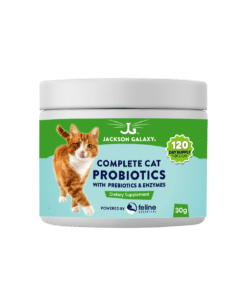Whisker fatigue may not be a medical term, but it certainly makes sense to cat parents. If your kitty is eating from a bowl, you should take note of this term.
You see, a cat’s whiskers are very sensitive. They are two to three times thicker than your cat’s regular hair and are deeply embedded into the skin to connect with the nervous system. Whiskers help guide our kitties through their day by helping them judge distance and space. They are sensory tools that some even consider a “sixth sense” for cats.
You’ll find that a cat’s whiskers aren’t just on his face but also on his forelegs. In the wild, these help cats determine the movement of their prey. They also assist in balance. VCA Hospital says, “Cats have special sensory organs called proprioceptors located at the ends of their whiskers. The proprioceptors send messages to the brain regarding the position of the body and limbs to keep the cat aware of what every part of his body is doing. This is part of why cats always land on their feet!“
Interesting, huh?
Whiskers can fall out on their own and grow back, but you never want to trim or damage your kitty’s sensory tools because you don’t want to mess up their sense of life! This is also why it’s important for us to not interrupt their eating with a tall sided bowl.
We used to feed our cats in the typical cute little feeding bowls you get at the pet store and our kitties would only eat the middle of the bowl and leave the rest around the edges. We’d find ourselves scraping the sides several times per day so they’d finish their food. Then we learned about whisker fatigue.
Because the whiskers are so sensitive, when they’re constantly touching the side of the bowl while eating this can be stressful for a cat. Not only is it a distraction, but they are unable to sense what’s going on around them when their face is deep into a bowl. Feeding from a plate or shallow bowl solves the problem, however, and our cats now eat all of their food – no scraping required!
Recommended Product for Feline Stress




Recent Comments